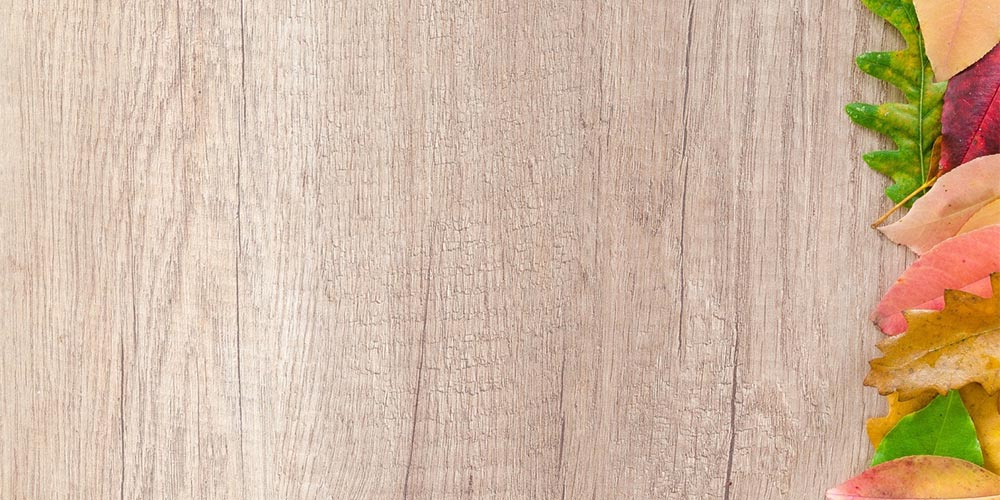
When you have a particular element or feature in your property that stands out – whether it’s an architectural or structural detail such as stained windows, old oak beams, and more – you would want to make sure that this feature or element is in the best condition. Take the case of oak beams, for instance – a lot of older, historic properties boast oak beams, and these beams can certainly lend a lot of character and splendour to your abode. But if your oak beams need a bit of a facelift or you want to treat the beams due to insect infestation or mould buildup, here’s what you should know about the proper restoration for older oak beams.
Keep the proper stripping process in mind
If you want to bring back your oak beams’ authentic, rustic look and appeal, you can strip them and remove any old finish or paint. When you remove old finish or paint, you can already have a blank canvas on which to work. You can use a paint remover or stripper to make the job easier, but it’s best to test an area or portion of the beam first to see if it is suitable. If you need a stronger material for stripping, you can use a peel-away varnish remover, but remember to do a test so you can establish variables like the thickness of the application and how much time you need to do the job. Once you are done, sand the beams to prepare them for refinishing.
Remember the proper finishing
If your goal is to give your beams a rugged and striking appearance against a coloured wall backdrop or patterned walls, you can use a product with a little bit of colour. Beam restoration experts will tell you that a wood stain is a good option, and it’s best to opt for a water-based wood stain. If you want, you can also use wood dye, and this can give your beams a more even colouring whilst still showcasing the grain’s beauty. Once you apply these products, make sure to seal them appropriately using wood oil or wood varnish. If you want a more subtle colouring, you can apply wood wax onto your chosen top coat.
Whilst finishes are excellent at giving the beams a bit of colour, you can also choose a clear finish if you want to emphasise the beam’s natural colouring instead. A clear oil should do the trick, especially if you go for hard wax oil that seals and protects the wood but also shows off the wood grain. You can use linseed oil for a more traditional appeal or Danish oil as well.
More on wax and oil finishes
Speaking of oil, you can also use of oil tints that seal and protect as well as enhance the beam’s colouring since these tints come in a selection of hues and tones. If you want something more rustic, you can choose coloured waxes to make the wood grain and woodwork easily distinguishable.
If you are not too sure about the kind of restoration you need to do for your oak beams, you can consult experts who can make recommendations based on your goal and objectives and the state and condition of your oak beams.
